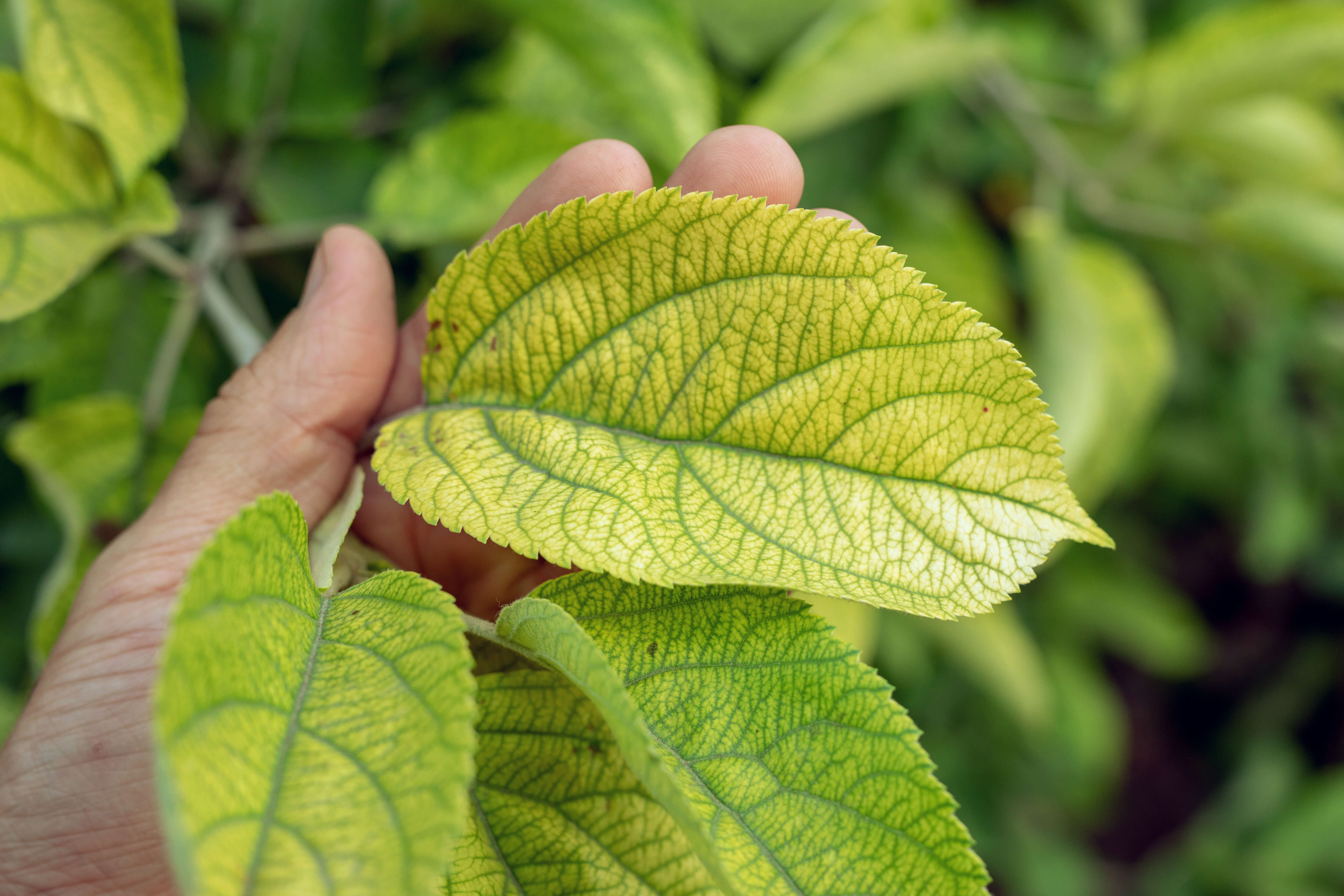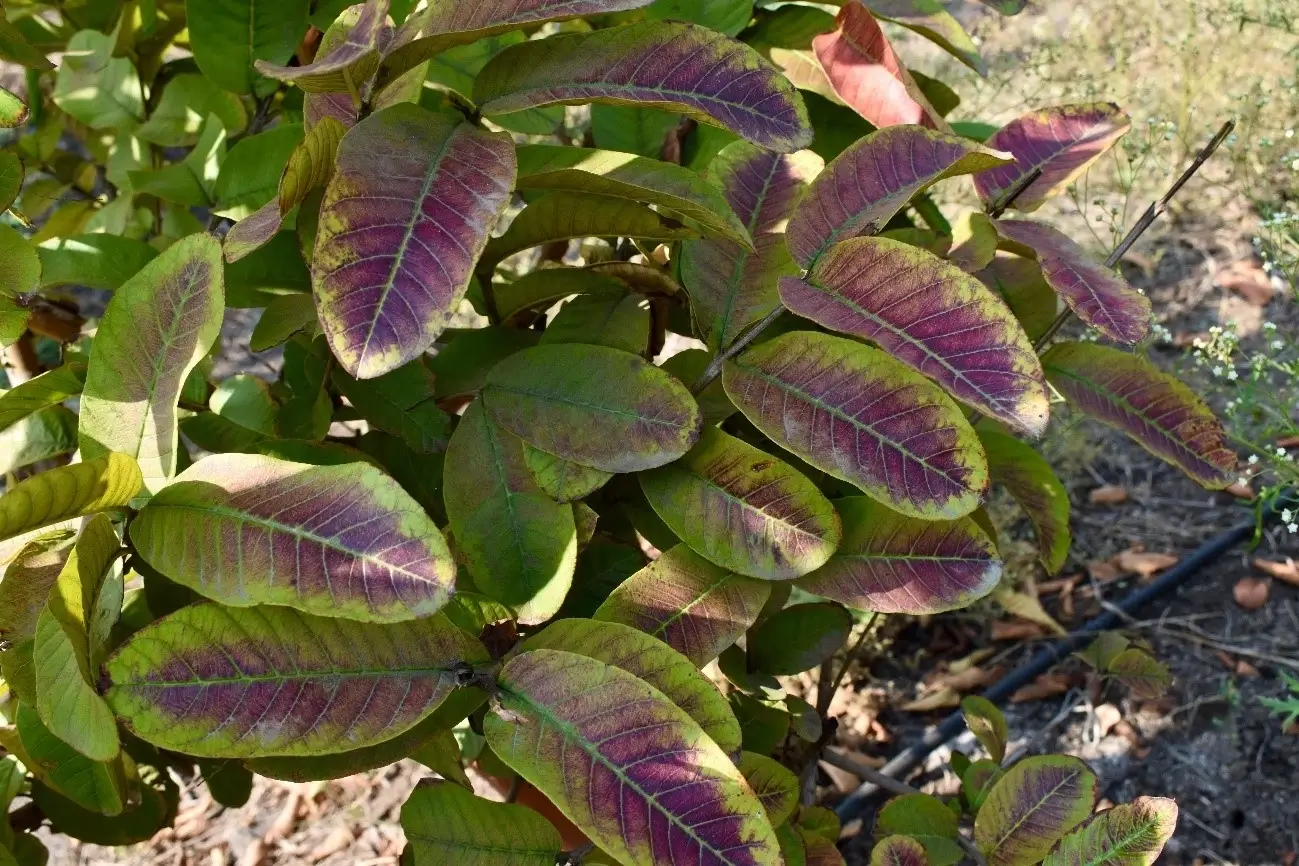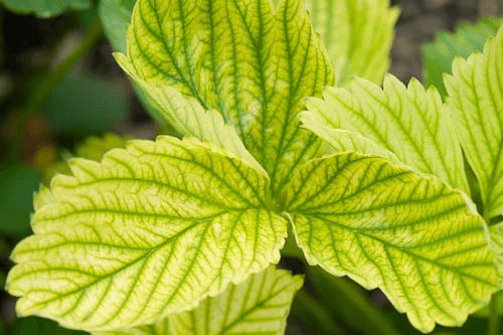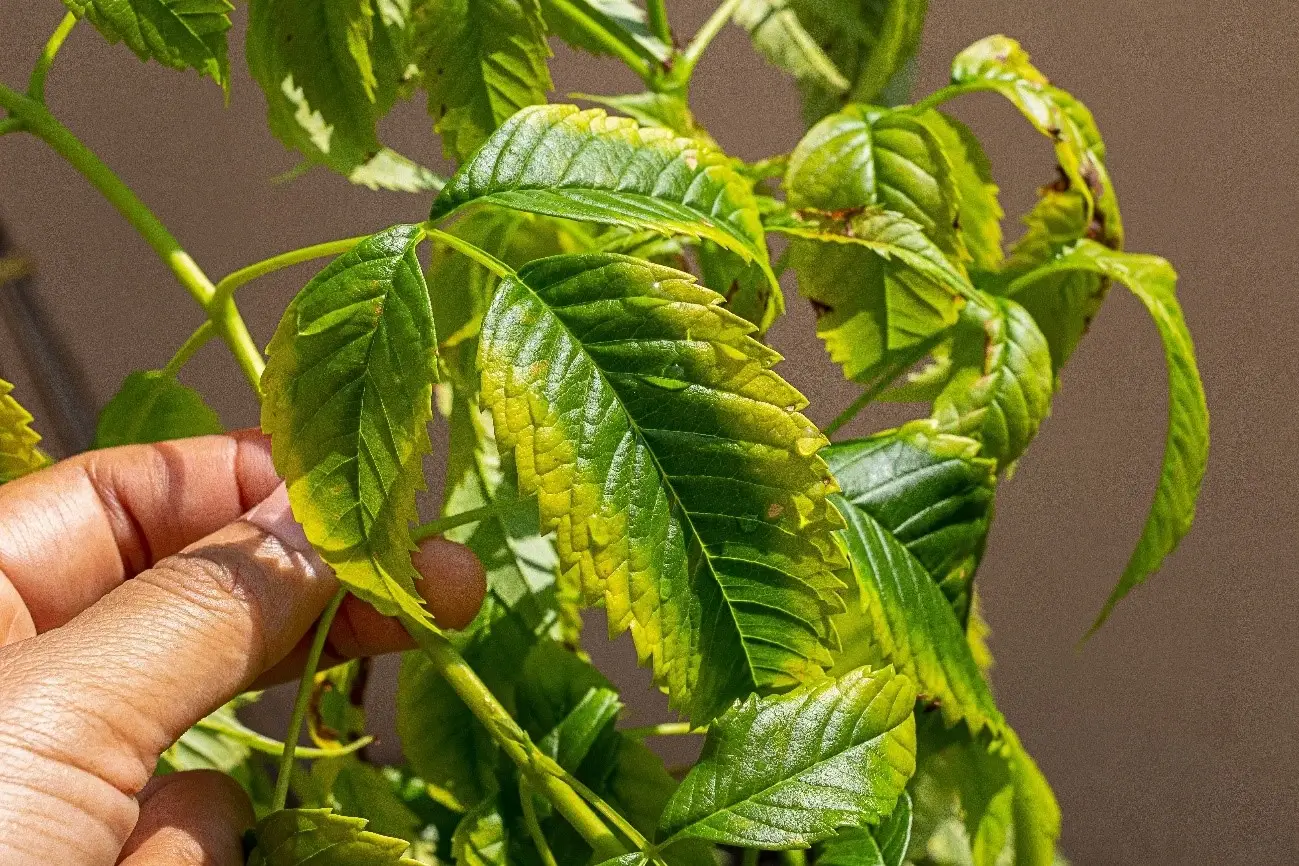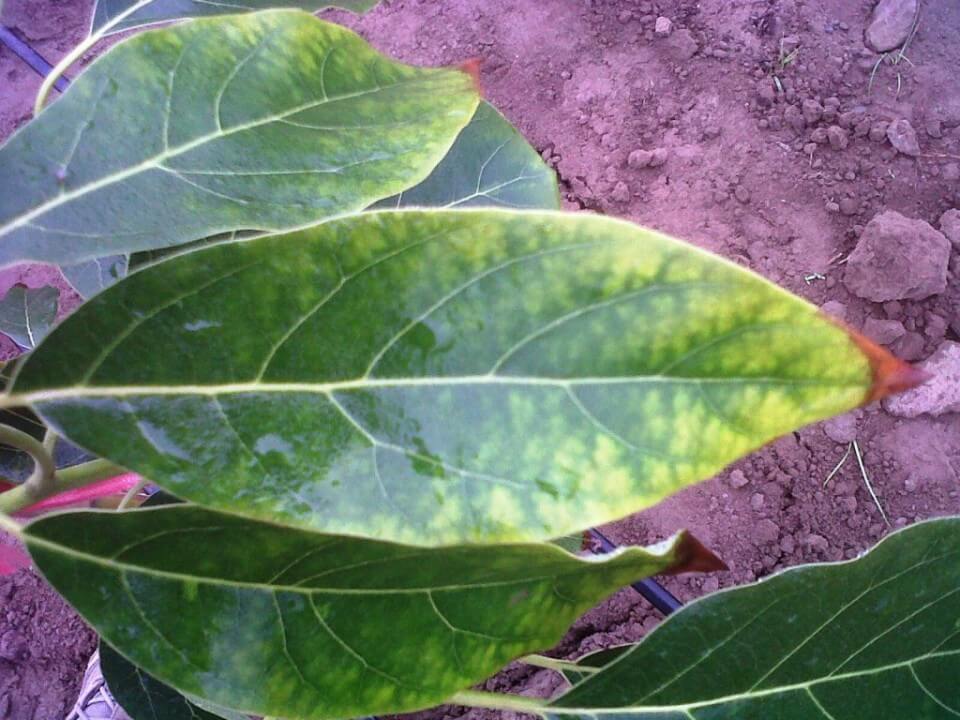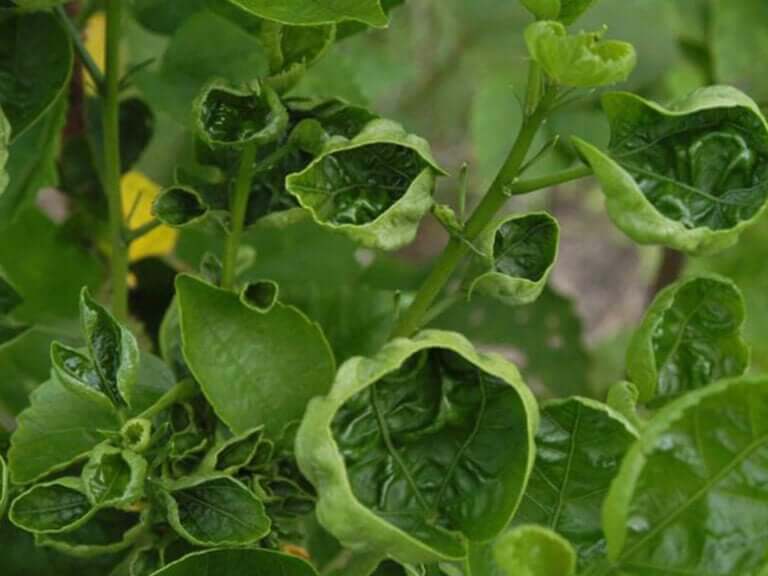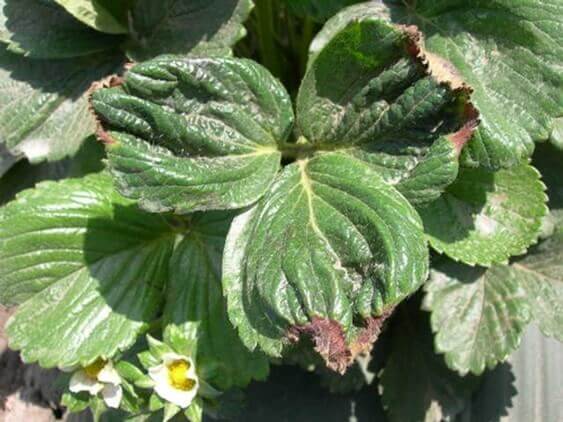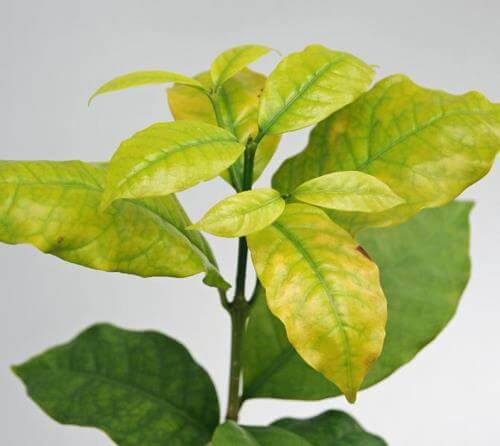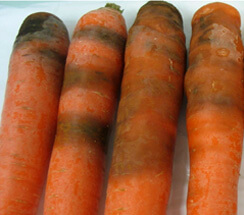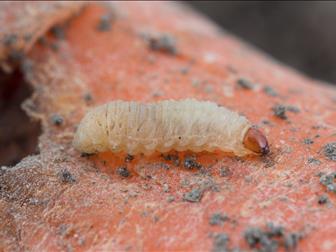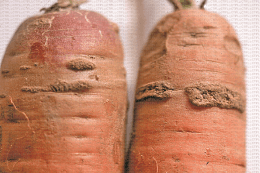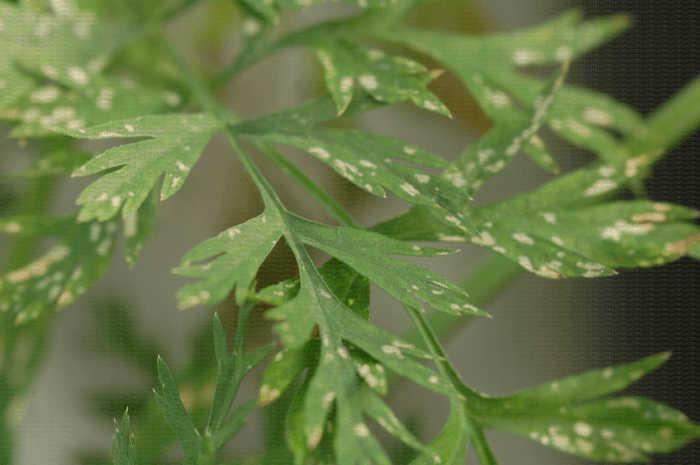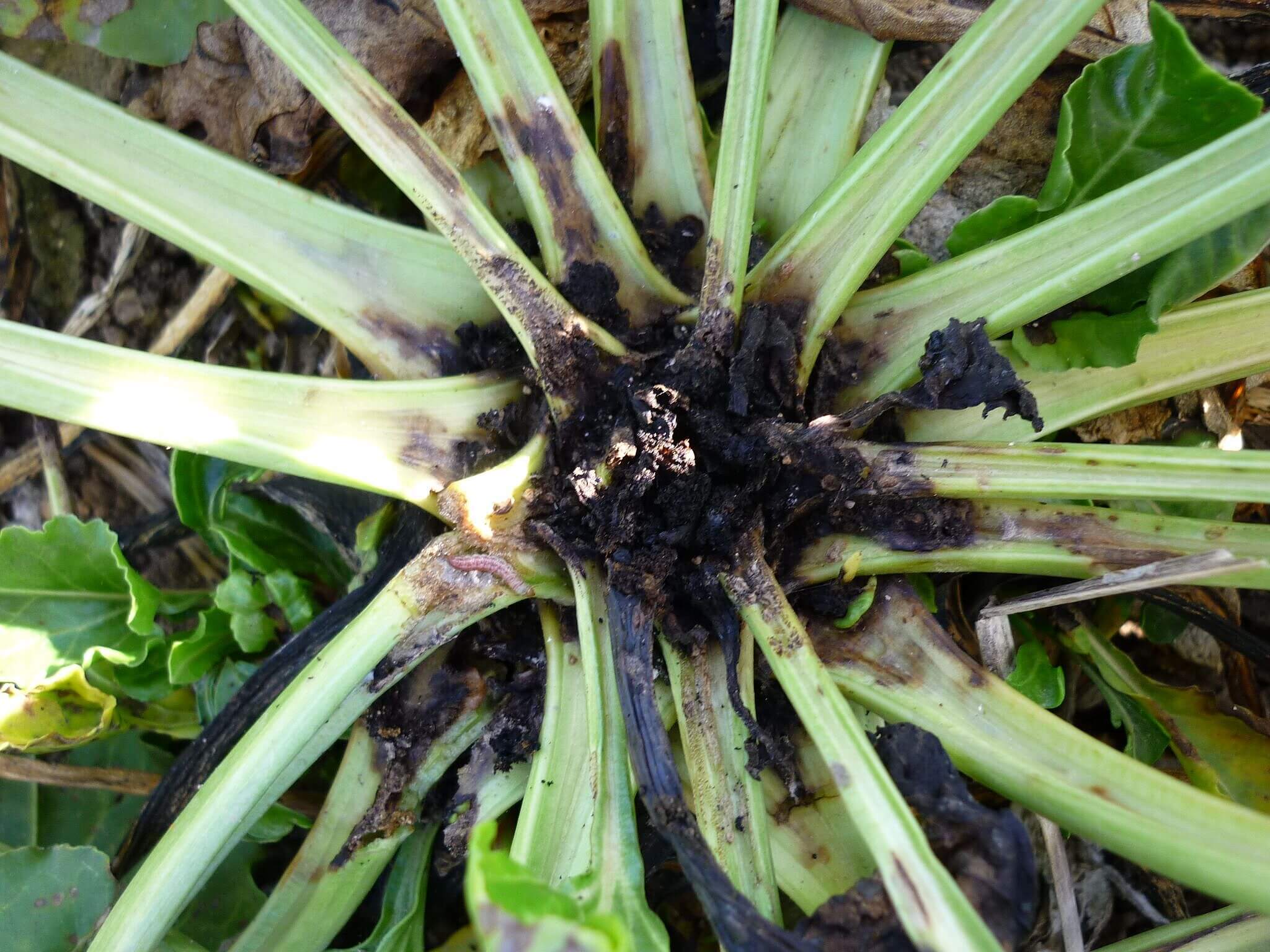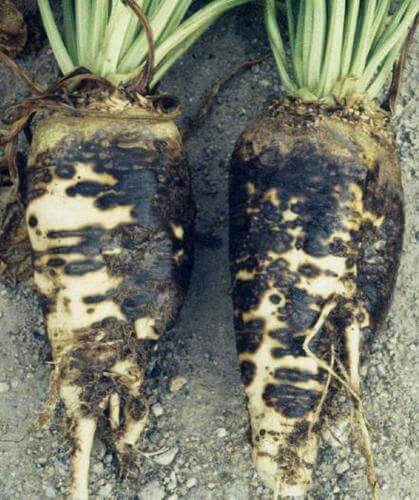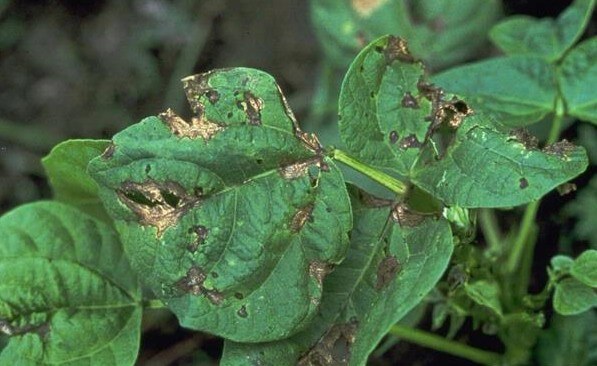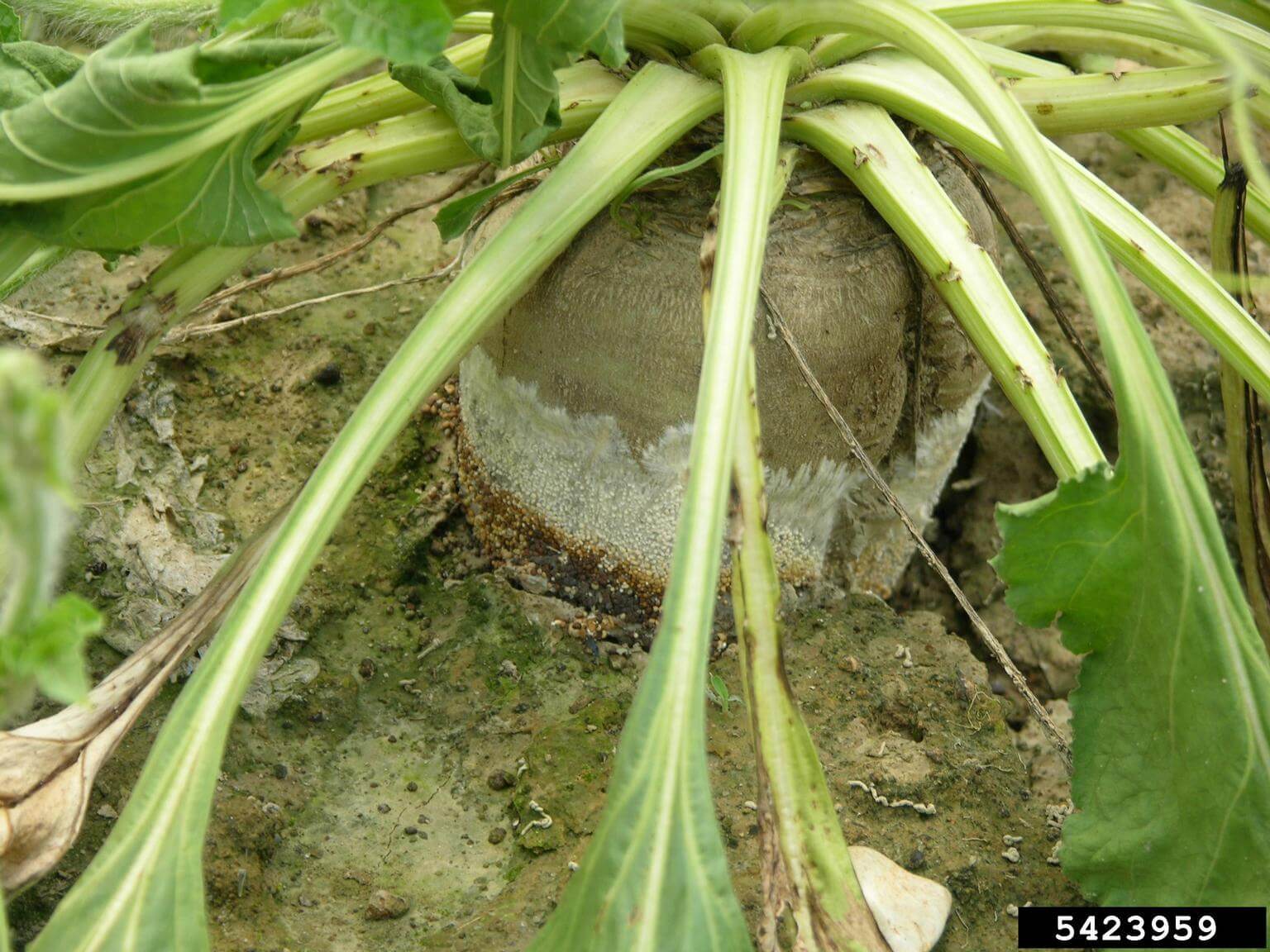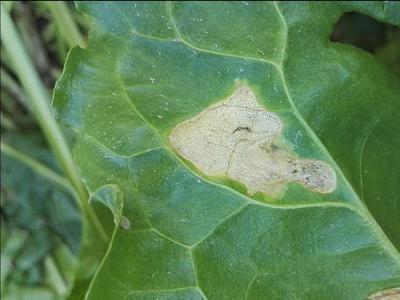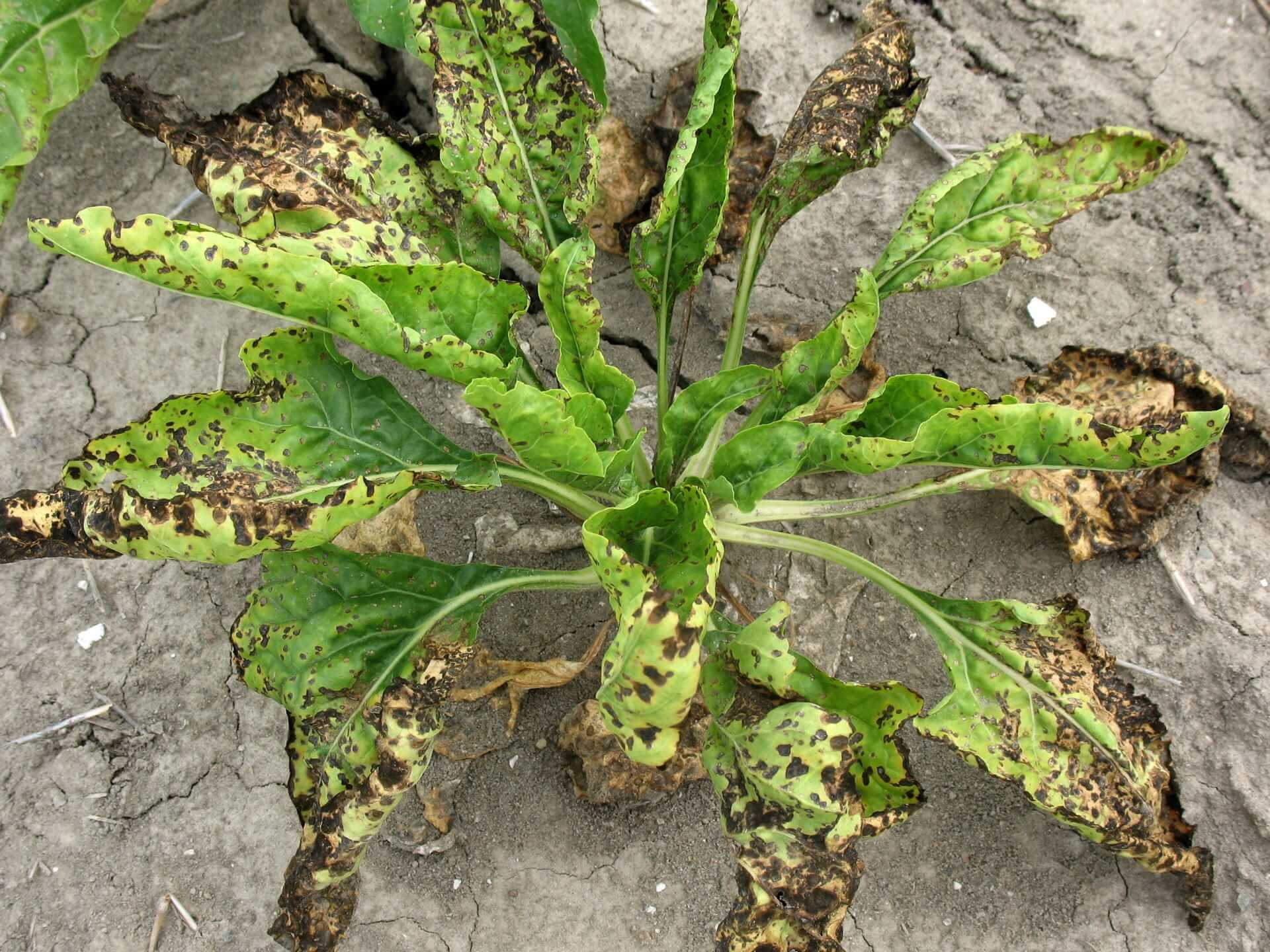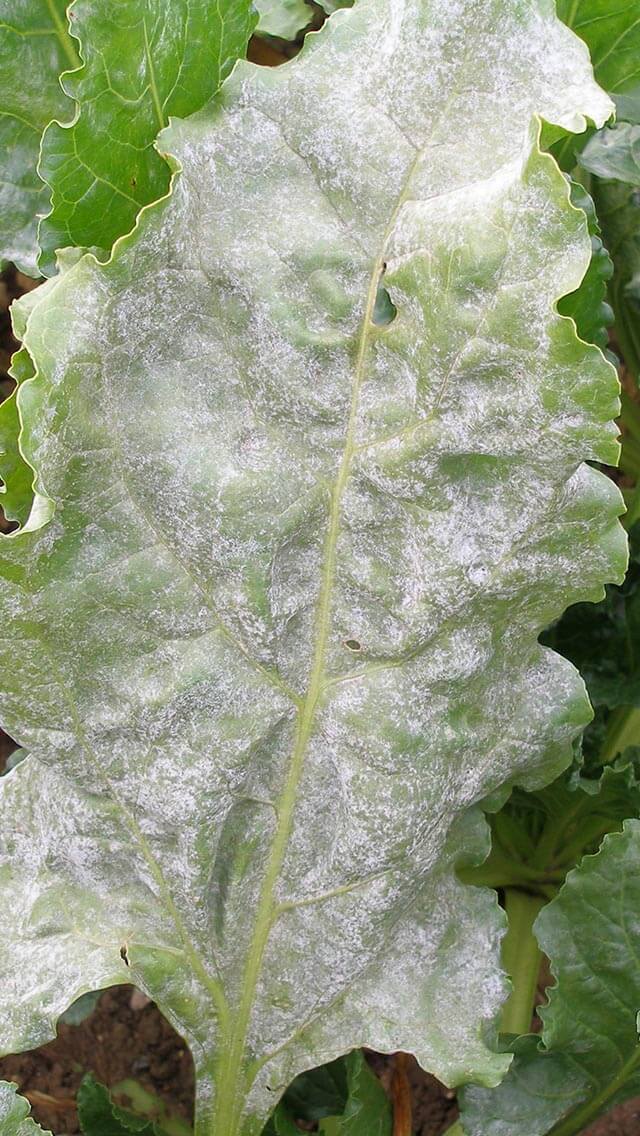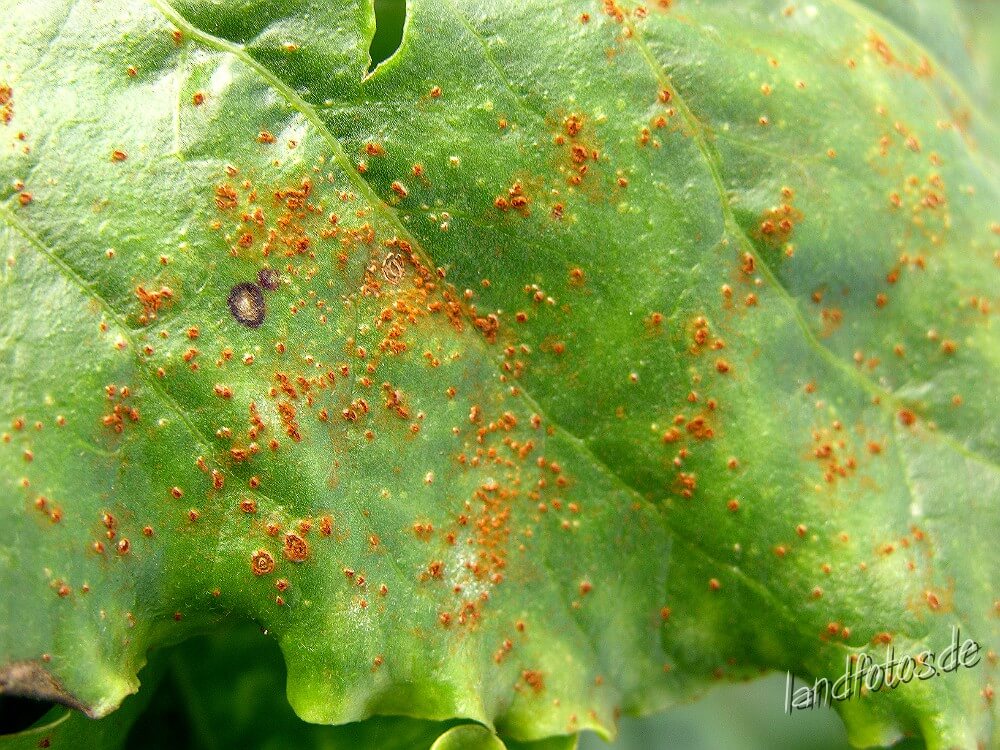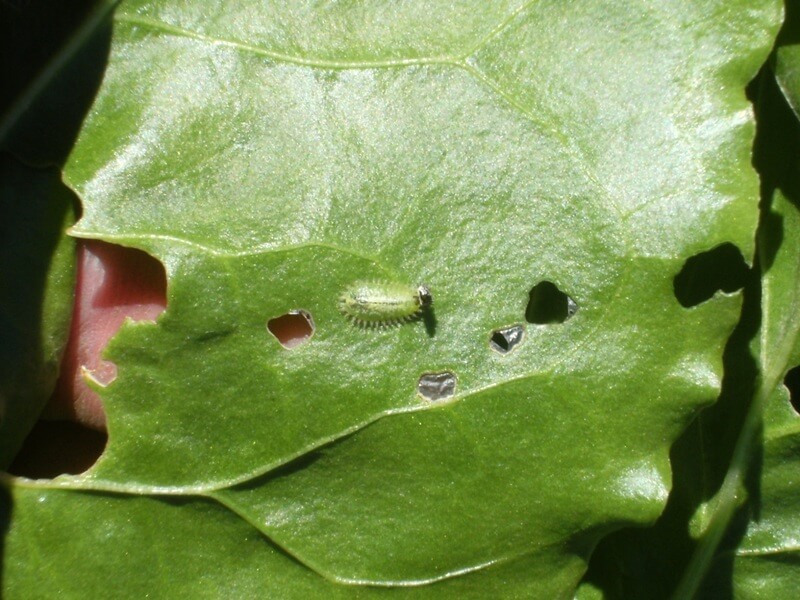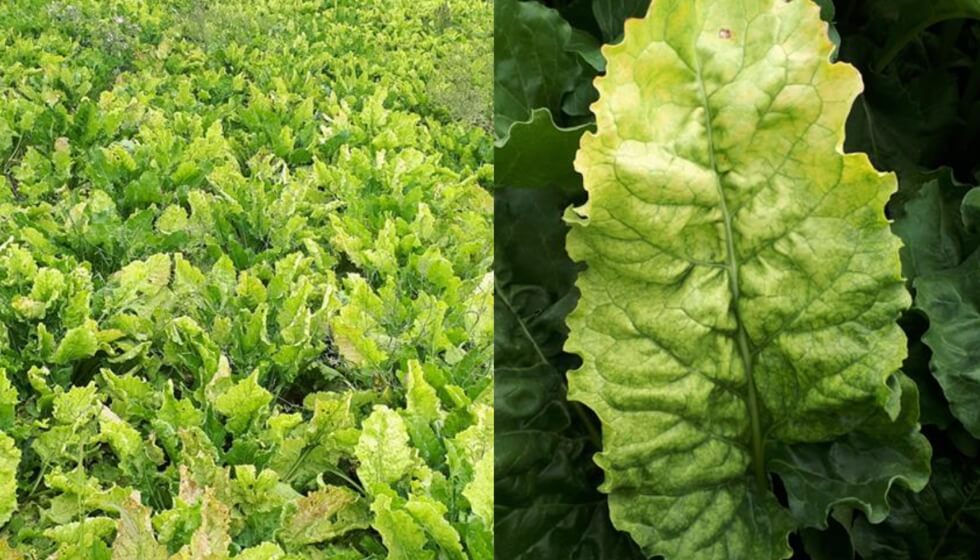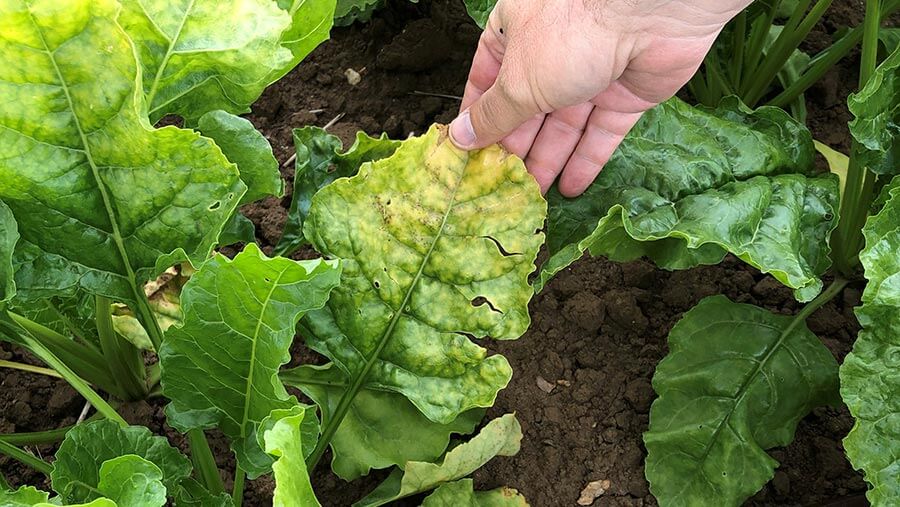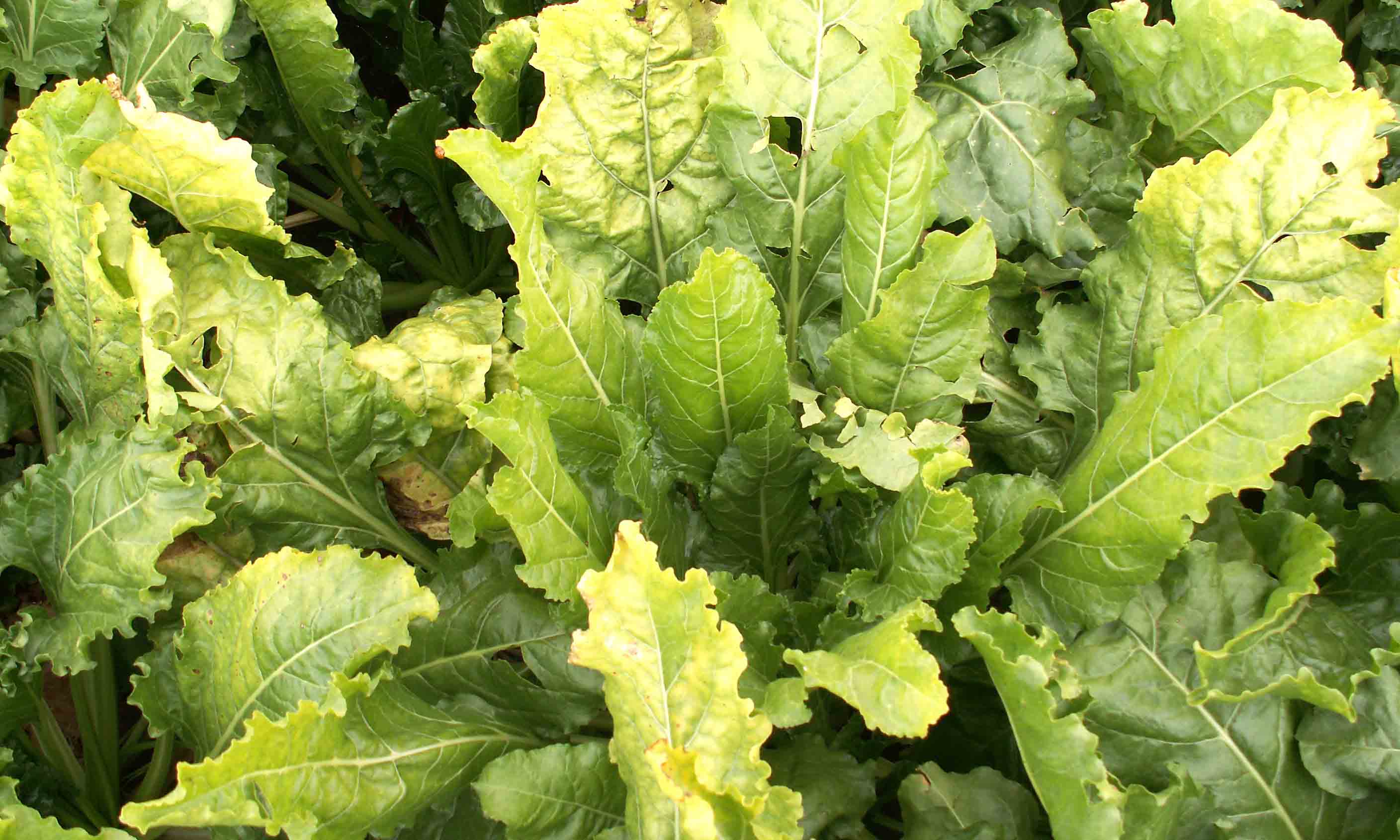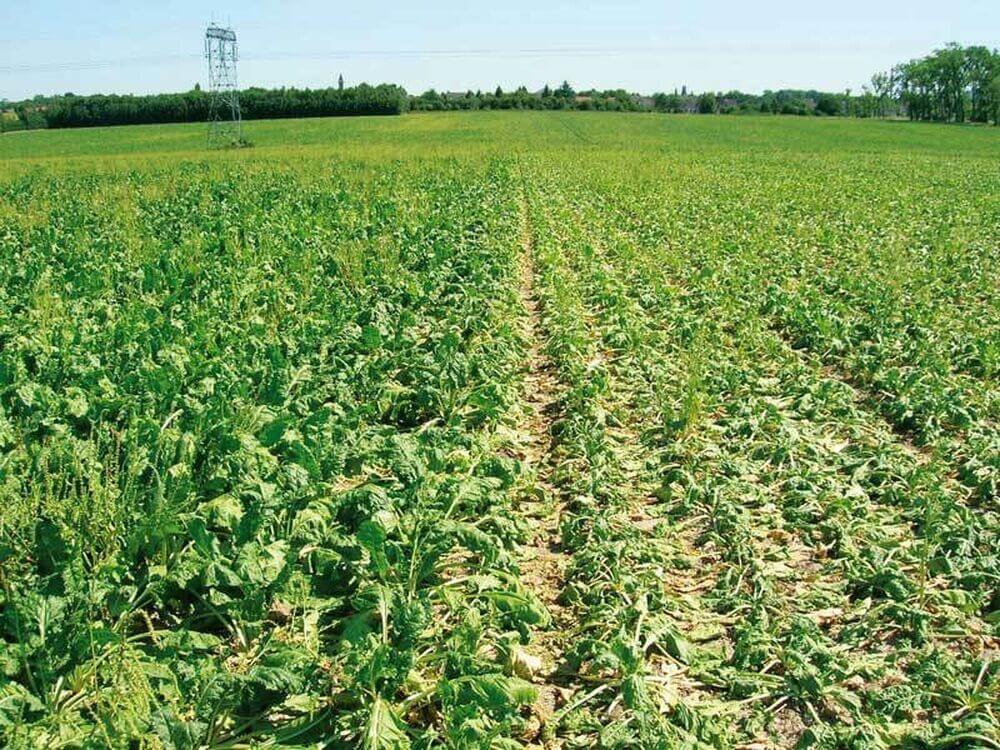
Melocotón, durazno o nectarina
How to recognize and treat black spot or bacterial spot on peaches, nectarines, or niacin
Black Spot Or Bacterial Spot
Bacterium
Type:
Risk to the plant:
HIGH
Xanthomona Arboricola Pv. Pruni
Pathogen:
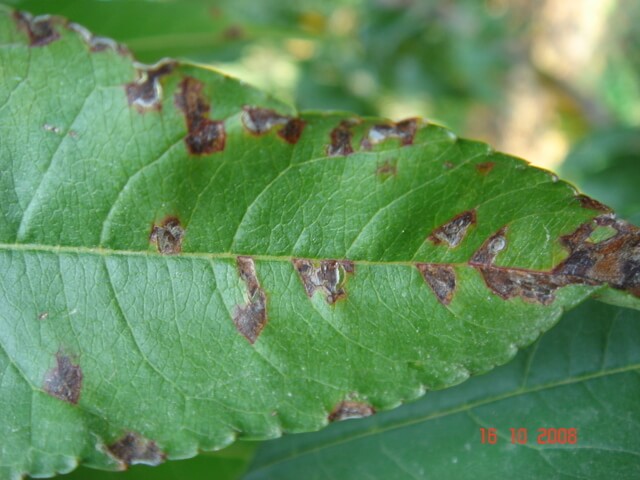
Bacteriosis
WHO CAUSES IT?
Xanthomonas arboricola pv. pruni is a phytopathogenic bacteria that causes the disease known as black spot or bacterial spot in fruit trees such as peach, peach or nectarine. This pathogen is characterized by its ability to survive in the remains of infected plants, as well as on the surface of trees and in the buds during the winter. In the spring, when humidity and temperature conditions are favorable, the bacteria multiplies rapidly and spreads through rain, overhead irrigation and wind, infecting the young tissues of leaves, shoots and fruits. Bacteria enter plants through stomata and wounds, establishing infections that can persist throughout the growing season. The bacteria can also colonize seeds, contributing to spread to new areas.
SYMPTOMS
In peach, peach or nectarine, black spot disease caused by Xanthomonas arboricola pv. pruni manifests itself mainly in the leaves, fruits and young shoots. Infections begin with the appearance of small watery Taches that expand and turn black, surrounded by a yellow halo. These Taches can coalesce, causing premature leaf drop and significantly affecting the tree's performance. On fruits, superficial black Taches can depress and crack, reducing fruit quality and commercial value. Symptoms include:
- Small watery Taches on leaves, which turn black with a yellow halo.
- Premature fall of leaves.
- Black Taches on the fruits that may crack.
- Reduction in the quality and commercial value of the fruit.
- Taches on young shoots, causing deformations and regressive death of infected tissues.
- Reduction in the growth and vigor of the tree.
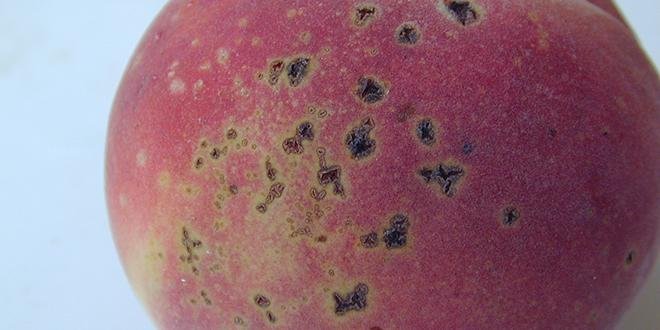
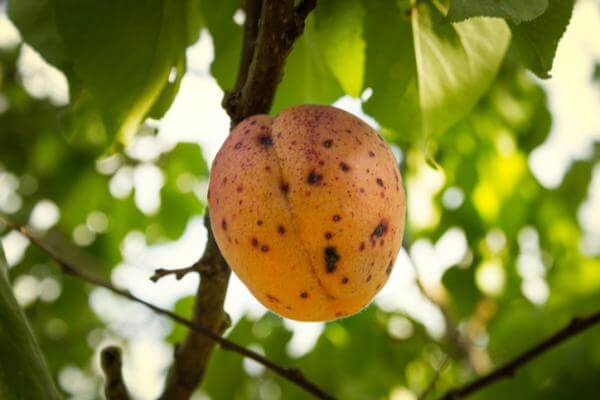
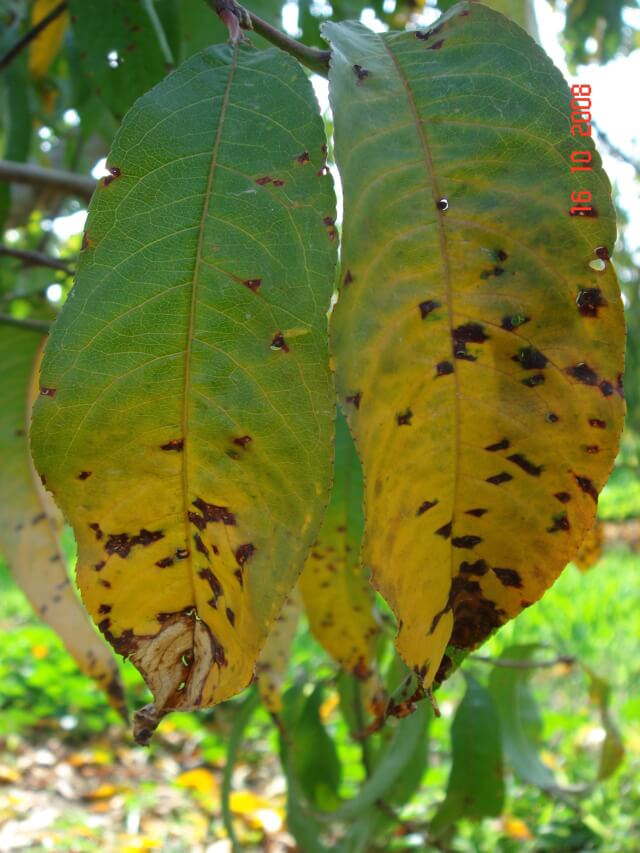
DEVELOPMENT CONDITIONS
Temperature:
20°C - 30°C
Humidity:
70% - 90%
HOW IS IT SPREAD?
Rainwater, overhead irrigation, wind, contaminated tools, infected plant debris, infected seeds
HOW TO ELIMINATE IT?
Home treatments
There are no home treatments
Natural allies
Chemical treatments
There are no treatments for this disease. Treatments are directed at the insect vectors that transmit it. See insect treatments.
RECOMMENDED PRODUCTS TO ELIMINATE THE PEST
Sponsored link
Sponsored link
Sponsored link
Sponsored link
Sponsored link
Sponsored link
Sponsored link
Effective against all types of fungi
Sponsored link
Sponsored link
Sponsored link
Sponsored link
Sponsored link
PLANTAS REPELENTES
Rosemary, Dill, Coriander
RECOMMENDATIONS
- Check the back of the leaves frequently, especially in dry weather.
- Spray water on the leaves to increase humidity and prevent them from settling.
- Keep plants healthy with good watering and adequate light.
- If you see cobwebs or damage, clean the leaves with a damp cloth or pressurized water.
- Use potassium soap or neem oil every few days until they disappear.





















